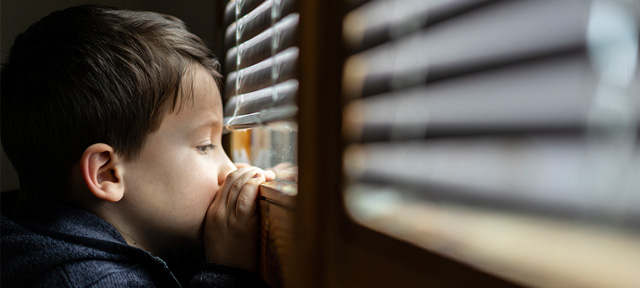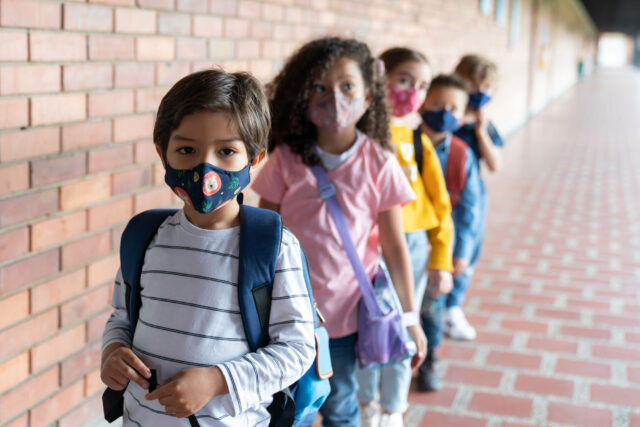With schools closed during the COVID-19 pandemic, concerns about students go beyond educational progress. Teachers can readily observe and report potential cases of child abuse and neglect when students are in the classroom. But from mid-March through the end of the school year children had no in-person interactions with educators and staff who could monitor threats to student mental and physical wellbeing.
The coronavirus pandemic raises a range of new concerns about child welfare. Court closures have slowed or stopped parents’ efforts to reunify with their children in the child welfare system. Job loss and economic hardship are risk factors for child abuse—although economic supports expanded by recent federal and state actions may help prevent maltreatment. Household members who are home together, potentially in crowded or substandard housing conditions, could contribute to more widespread child maltreatment. Shelter-in-place orders also mean fewer in-person health checkups and other interactions where mandated reporters or community members may spot concerning factors.
School personnel are an important link in the child welfare system: historical data suggest that as many as 2,000 reports of maltreatment may have been missed during the closures—about 34% of substantiated maltreatment reports that educational personnel make in a typical year. And with families living in spaces and managing finances cramped by COVID-19, the incidence of maltreatment may be much higher.
Educators make up the largest single category of maltreatment reporters, according to detailed data from 2018. During the school year, they are the source of 16% of substantiated reports (reports requiring follow up), which is the second largest share after law enforcement and legal personnel. Staff from mental health, social services, and medical fields combined contribute about a quarter of substantiated reports, while about 5% come from friends, neighbors, and family.
A look at standard school breaks underscores the role of schools in monitoring child well-being when schools are in session: during summer months, maltreatment reports by educational personnel plummet to under 2% of all substantiated reports.

More substantiated reports are made about younger children, but shares of reports made by educational personnel are roughly equal for children ages 6 to 14 (15–18%). Reports are only modestly lower for those ages 15 to 17 (13–15%). Likewise, although underlying numbers for reports vary by race/ethnicity, school personnel play an important role in reporting maltreatment for Latino, white, and African American children (14–17%).
In the fall many schools will continue with online learning, while others will combine distance learning with in-person classes. The state budget compromise provides that teachers must engage with each student every school day during the 2020-21 school year and regularly communicate with parents—visits that can be online, by phone, or through social distancing. In addition, establishing best practices for detecting maltreatment in these challenging times—such as identifying families who need extra support and developing methods for students to securely communicate distress—would also help staff maintain their sentinel role virtually and continue to do their part to improve children’s safety.





